Codex
Introduction
The Matrícula de Tributos (Tribute roll) consists of 16 sheets (folios) of paper (32 pages) made from the bark of the amate tree. Although some of the early folios are heavily damaged, whole sheets measure 29 × 42 centimeters. These pieces of amatl paper were originally painted on only one side, and probably date to before the conquest of Tenochtitlán. Sometime in the colonial period, however, these separate one-sided sheets were glued together. This created the document which exists today, in which each folio has images on the front and the back.
The Matrícula records the geographical extent of the Aztec tribute empire. The first pages show fortified frontier garrisons. The remaining pages’“the majority of the document’“focus on different tribute provinces. Their images depict the place signs of towns from which the Aztecs demanded tribute, and list the tribute items (feathers, warrior costumes, jaguar skins) that were supposedly sent every 80 days to Tenochtitlán.
In addition to the original pictorial glyphs, the Matrícula is also covered with later alphabetic captions. Some, added in the sixteenth century, are in Nahuatl. Others, added in the eighteenth century, are in Spanish. The Matrícula de Tributos is currently in the National Library of Anthropology in Mexico City.
Generally speaking, the reading order of each of the Matrícula’s folios begins in the lower left-hand corner and then moves up the page. The painted signs show towns (through drawings of hills, rivers, temples, trees), different kinds of tribute (warrior costumes, bundles of feathers, jars of honey), and human faces (representing frontier governors, long-dead kings, and human captives). Small differences in the details of these drawings reveal that the images of the Matrícula were painted by a number of different scribes—as many as six, according to Juan José Batalla Rosado.
In addition to these painted images, the Matrícula’s folios contain alphabetic notes. These “glosses” or brief summaries are written in both Spanish and Nahuatl. They were added after the arrival of the Europeans, and explain the painted images. It seems that the Nahuatl glosses were written first, and the Spanish glosses are based on a translation of these comments (and not on a careful observation of the painted images themselves).
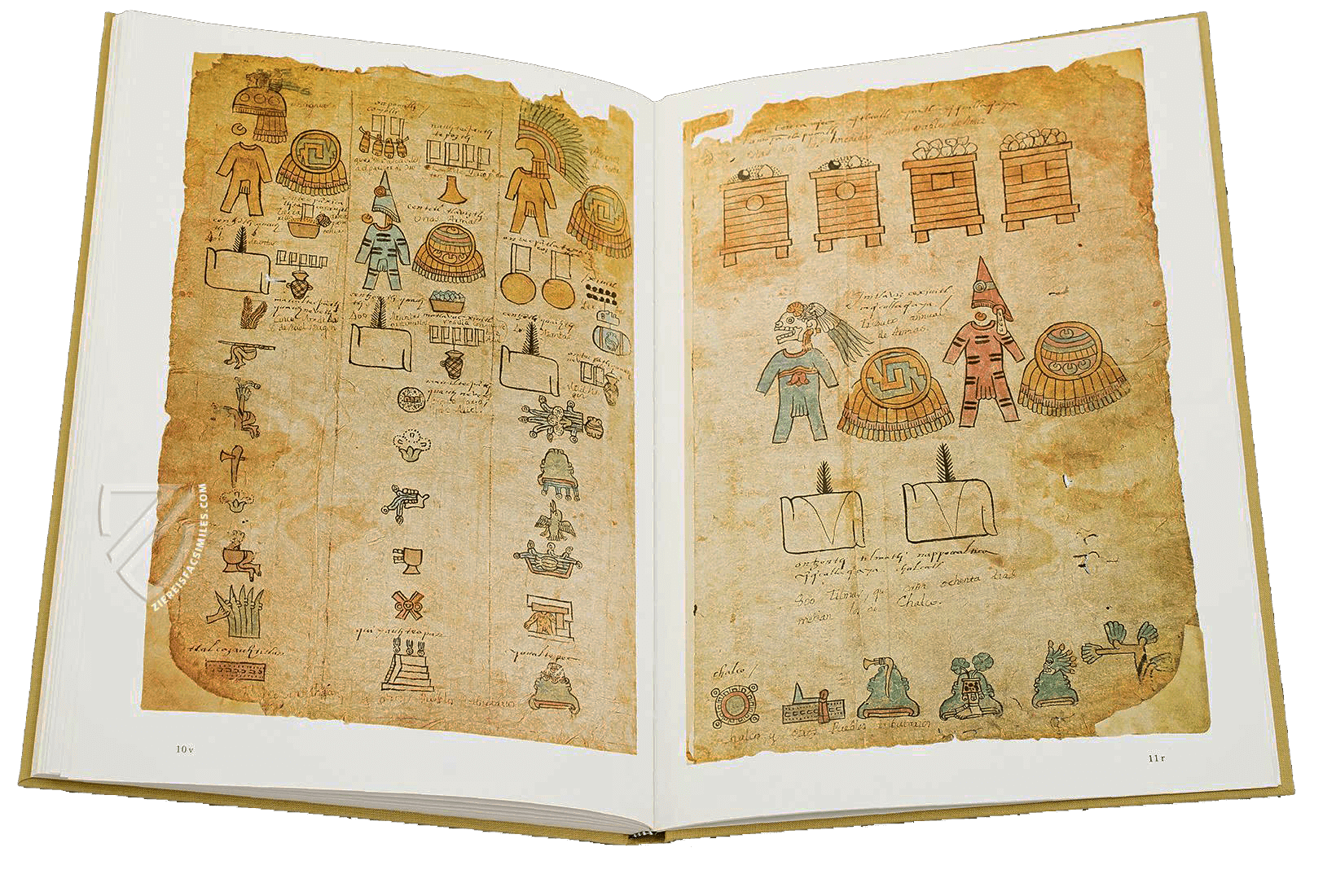
Matricula de tributos facsimile edition published by Akademische Druck- u. Verlagsanstalt (ADEVA) in 1980.
Page Contents

Imperial Outposts
PAGE 01
FOLIO 1R

Imperial Outposts
PAGE 02
FOLIO 1V
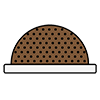
Tribute of
Tlatelolco
PAGE 03
FOLIO 2R
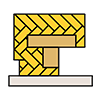
Tribute of
Petlacalco
PAGE 04
FOLIO 2V
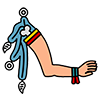
Tribute of
Acolhuacan
PAGE 05
FOLIO 3R

Tribute of
Quauhnahuac
PAGE 06
FOLIO 3V
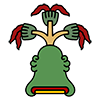
Tribute of
Huaxtepec
PAGE 07
FOLIO 4R
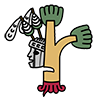
Tribute of
Quauhtitlan
PAGE 08
FOLIO 4V

Tribute of
Hueypuchtlan
PAGE 09
FOLIO 5R

Tribute of
Atotonilco
PAGE 10
FOLIO 5V
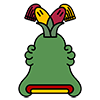
Tribute of
Xilotepec
PAGE 11
FOLIO 6R
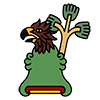
Tribute of
Quahuacan
PAGE 12
FOLIO 6V
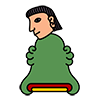
Tribute of
Tulucan
PAGE 13
FOLIO 7R
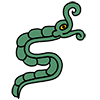
Tribute of
Ocuilan
PAGE 14
FOLIO 7V

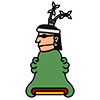
Tribute of
Malinalco
Tribute of
Xocotitlan
PAGE 15
FOLIO 8R

Tribute of
Tlachco
PAGE 16
FOLIO 8V

Tribute of
Tepequacuilco
PAGE 17
FOLIO 9R
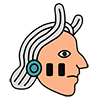
Tribute of
Cihuatlan
PAGE 18
FOLIO 9V

Tribute of
Tlapan
PAGE 19
FOLIO 10R
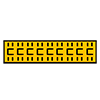

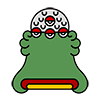
Tribute of
Tlacozauhtitlan
Tribute of
Quiauhteopan
Tribute of
Yoaltepec
PAGE 20
FOLIO 10V
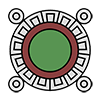
Tribute of
Chalco
PAGE 21
FOLIO 11R

Tribute of
Tepeyacac
PAGE 22
FOLIO 11V
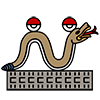
Tribute of
Coixtlahuacan
PAGE 23
FOLIO 12R

Tribute of
Coyolapan
PAGE 24
FOLIO 12V
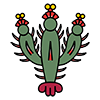
Tribute of
Xoconochco
PAGE 25
FOLIO 13R

Tribute of
Quauhtochco
PAGE 26
FOLIO 13V

Tribute of
Cuetlaxtlan
PAGE 27
FOLIO 14R
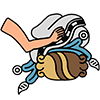
Tribute of
Tlapacoyan
PAGE 28
FOLIO 14V

Tribute of
Tlatlauhquitepec
PAGE 29
FOLIO 15R

Tribute of
Tochpan
PAGE 30
FOLIO 15V

Tribute of
Atlan
PAGE 31
FOLIO 16R

Tribute of